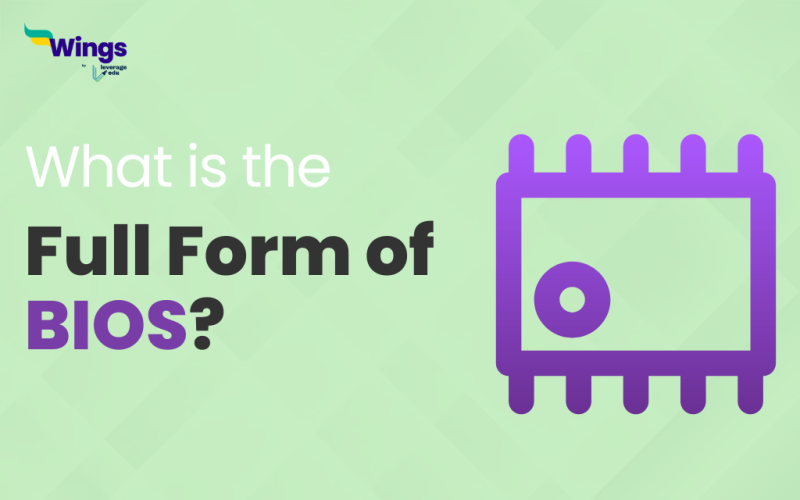The full form of BIOS is Basic Input/Output System. It is a fundamental component of a computer system that plays a critical role in its operation. In this article, we will explore the full form of BIOS and its significance in computer systems.
What is BIOS?
BIOS is firmware that is embedded in the computer’s motherboard. It is responsible for initialising and configuring hardware components during the boot process, allowing the operating system to take control of the system. The BIOS software is stored on a non-volatile memory chip, commonly known as the CMOS (Complementary Metal-Oxide-Semiconductor) or EEPROM (Electrically Erasable Programmable Read-Only Memory).
Basic Input/Output System
The acronym BIOS stands for Basic Input/Output System. The “Basic” refers to the fundamental and essential nature of the system, as it provides the basic functionality required to boot the computer. “Input/Output” refers to the interaction between the computer and its external devices such as keyboards, mice, and monitors. The BIOS enables communication between the computer’s hardware and the operating system, allowing for data exchange and instructions.
Functions of BIOS
- Power-On Self-Test (POST): During the boot process, the BIOS performs a self-test to ensure that all hardware components are functioning correctly. It checks the CPU, memory, and other peripherals for errors and reports any issues through error codes or beeps.
- Bootstrap Loader: The BIOS loads the initial code that starts the operating system from the computer’s storage devices. It locates the operating system files and hands over control to the bootloader, which continues the boot process.
- Hardware Configuration: BIOS provides a user interface, known as the setup utility, where users can configure various hardware settings. This includes options for changing the system time, managing storage devices, setting boot priorities, and enabling or disabling specific features.
- Device Initialization: BIOS initializes and configures the computer’s hardware components, such as the CPU, memory, hard drives, and peripheral devices. It establishes communication pathways between these devices, ensuring they work harmoniously.
- System Security: BIOS also includes security features like password protection to prevent unauthorized access to the system. It allows users to set a password for the BIOS setup utility or to restrict the boot process by requiring a password.
This was all about BIOS full form. Visit our Full Form Page to discover more intriguing articles about full forms. You can also check out the consolidated 300+ full forms list!
 One app for all your study abroad needs
One app for all your study abroad needs













